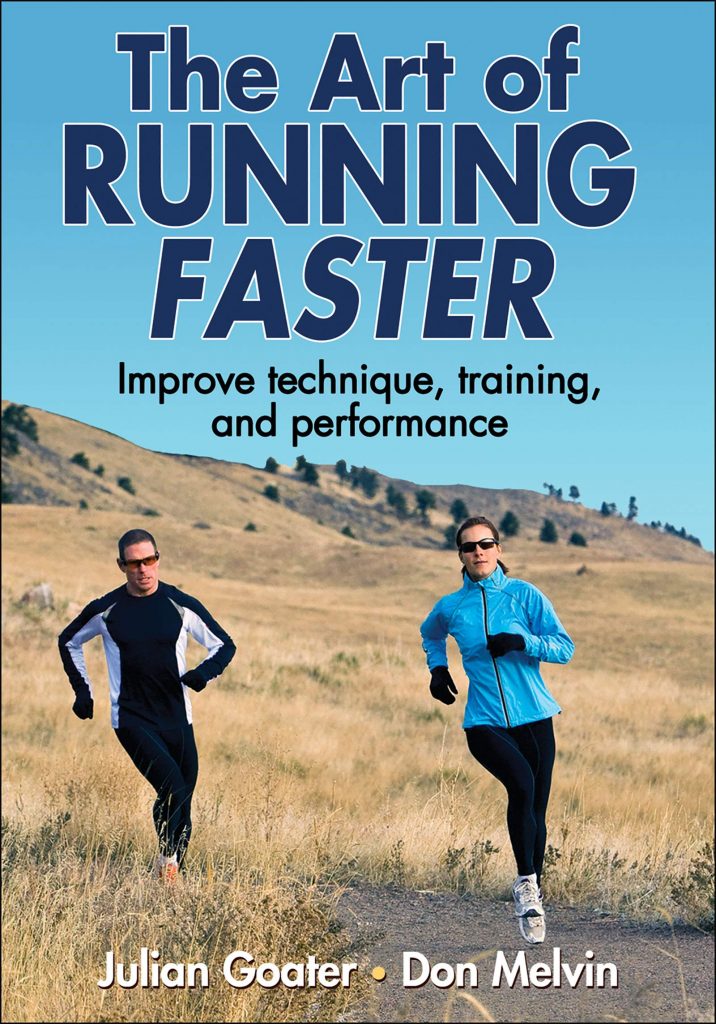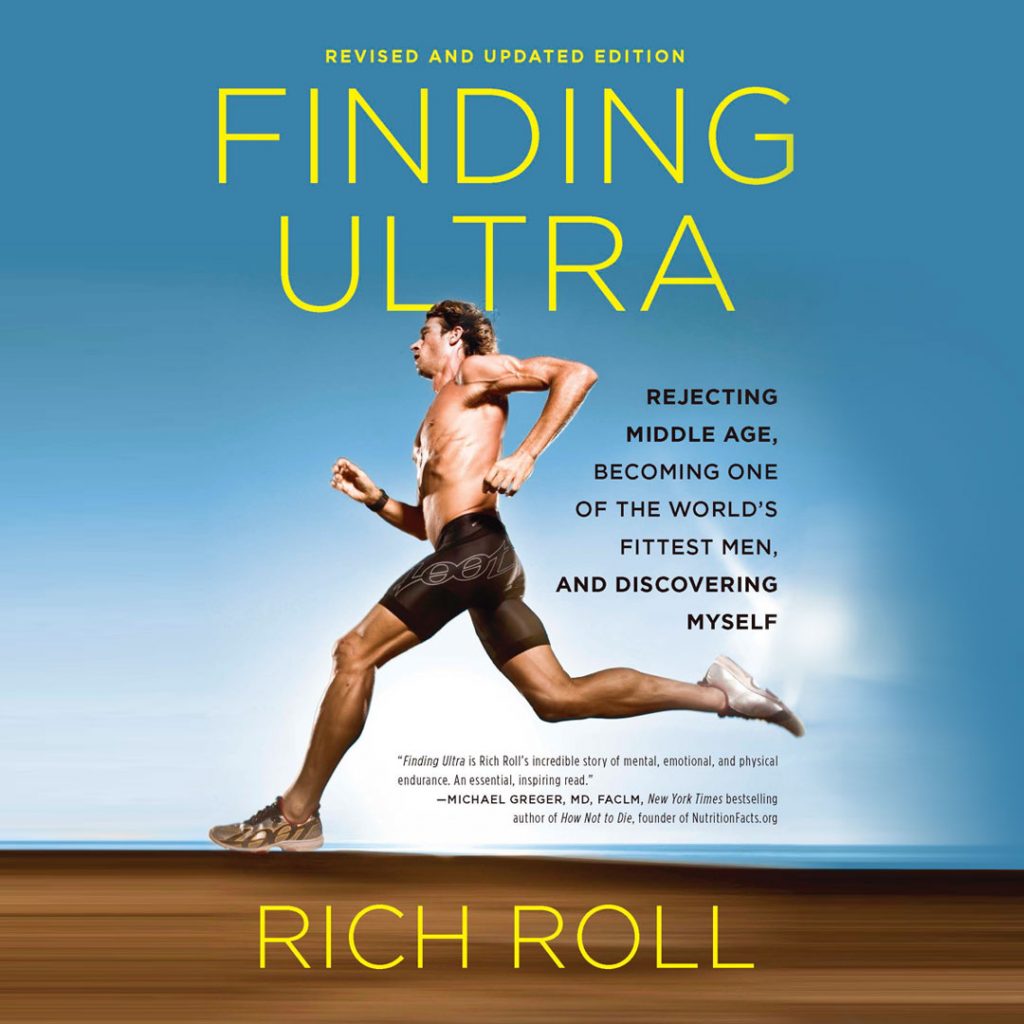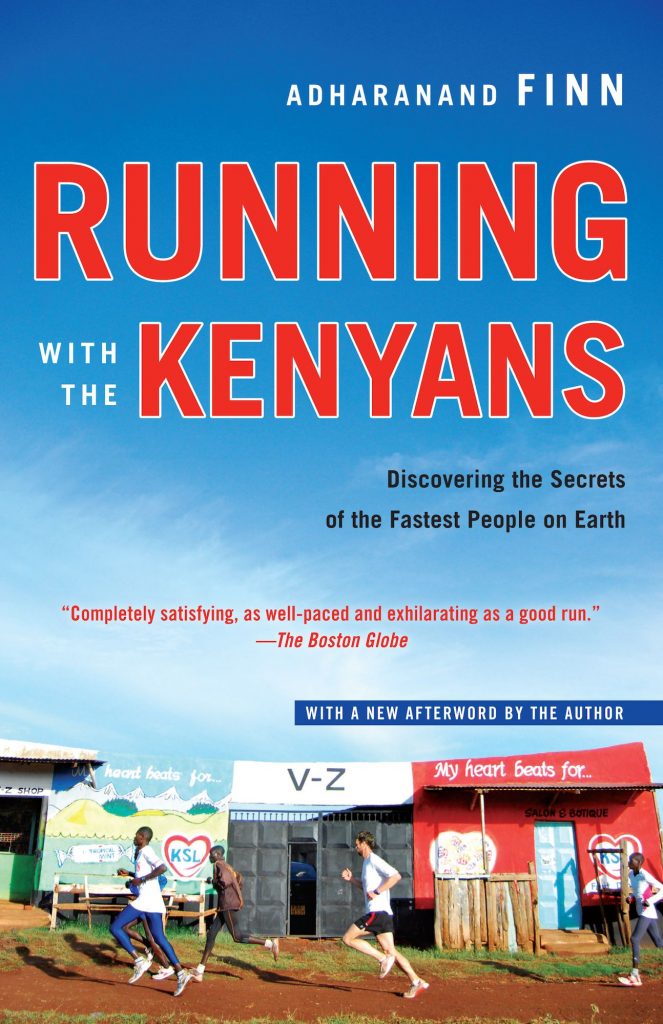In life and in running, we all inevitably feel uninspired. But we can take responsibility when we reach plateaus—through books that help us get off the couch
Art by Nimu Muallam | Photo courtesy of Jaymes Shrimski
Throughout the course of our lives, we face questions that frankly stump us. Some we encounter while playing “never have I ever” with friends via Zoom and others we come across on our first days of college: “What’s one interesting thing about you?”
While Zoom allows the convenience of claiming a bad internet connection, I’ve had luck in happily answering the most typical first-day-of-class question in the professor handbook.
“I love reading and adore running.” Or something along those lines.
At the nexus of these two subjects, there is a small list of books I’d hold out as my favorites. While not exhaustive, it certainly is a fantastic starting point for getting into (or returning to) the sport, slashing down cliches, and becoming just a little bit better—not just as a runner but also, more importantly, as a human.
For getting into the sport, getting back into it, and becoming a better runner
“The Art of Running Faster” by Julian Goater and Don Melvin
Have a world-class runner (Goater) and an international political and social journalist (Melvin) write a book on running and you end up with a highly informative guide on improving technique and performance.
The book is filled with training programs for various fitness levels, but they all boil down to improving the “Five S’s,” namely: “speed, suppleness, strength, stamina, and skill—plus psychology.” For years, I had hit the pavement on every running session with the intent of—and I quote my ill-worded Twitter page—grinding my feet into the ground. Results: strain, pain, injury.

A great takeaway from the book: Some workouts should be fast but others should be slow with a focus on building an aerobic base and running technique. Other days should be spent working on suppleness. In the authors’ words, “If two runners have the same level of fitness, the more flexible one will run more easily—and go faster, further, with less effort.”
See, nothing about grinding feet.
For falling back in love with running
“What I Talk About When I Talk About Running” by Haruki Murakami
Yes, the same writer behind “Norwegian Wood” and “Kafka on the Shore.”
This is one of the first books I’ve read about running. More than just a book on running, this is a memoir of Murakami’s journey into running as a way of keeping fit following the sale of his jazz bar and his devotion to writing.

There are inevitable moments of plateau in the runner’s journey, and it is during these moments we need to be reminded of why we run in the first place. Murakami provides a welcome reminder: “People sometimes sneer at those who run every day, claiming they’ll go to any length to live longer. But I don’t think that’s the reason most people run. Most runners run not because they want to live longer, but because they want to live life to the fullest.”
This book is a bit more of a cerebral experience; it is about more than feet on pavement. It’s about feeling pain, wrestling through struggle, and choosing to continue. In the author’s words: “Pain is inevitable. Suffering is optional.”
“What I Talk About When I Talk About Running” is a bit more of a cerebral experience; it is about more than feet on pavement. It’s about feeling pain, wrestling through struggle, and choosing to continue. In the author’s words: “Pain is inevitable. Suffering is optional”
A reminder that you can get up from any fall
“Finding Ultra” by Rich Roll
Rich Roll, now 54, is a vegan ultra-endurance athlete and former entertainment attorney. He’s one of the fittest men on the planet with a smashingly good podcast.
But just 15 years ago in 2006, he was struggling to get his body up eight steps. In his words, “[he] was a fat, out-of-shape, and very unhealthy man hurtling into middle age—a depressed, self-destructive person utterly disconnected from who I was and what I wanted to be.”

This is not a blissful story. We read of Roll as a talented Stanford University swimmer who soon struggles with drugs and alcohol, who falls through layers of consciousness to arrive far from where he wants to be. We joined him on that staircase struggle in October 2006, and on his 180-degree journey through veganism and the EPIC5, an ultramarathon event of five Ironman-distance triathlons, each on a different Hawaiian island.
This book is spiritual. Roll writes, “Most of us live our lives so unconsciously, so disconnected and reflexive.” This book called me to find where my voice was in my decisions as a human, not just a runner, and reinforced my will to pivot to where I wanted to be.
And that can be done at my own pace.
In his words, “Great things take longer. Again, most people wildly overestimate what they can accomplish in a day, and woefully underestimate what they can accomplish in a year, let alone a decade.”
A reminder that running is for everyone
“Why We Run” by Bernd Heinrich
I rest my case that running is for everyone on the sole fact that Bernd Heinrich is a biologist and award-winning nature writer. What I mean is: If anyone knew for sure, he would.
In the book, Heinrich writes of his own running challenges and asks why we would ever want to run so much in the first place. In his words, “There is nothing quite so gentle, deep, and irrational as running—and nothing quite so savage, so wild.”
Divided into chapters highlighting the natural advantages of various animals (“The Camel’s Keys to Ultraendurance” and “The Antelope’s Running Prowess” to name two) Heinrich looks at how humans adopted techniques that have allowed us to run with stronger performance.

There was, adoptions and evolution aside, a takeaway that comes from Heirich quoting fellow author Tom Derderian: “The idea of talent is a myth because talent is only manifest in retrospect.”
He continues to write that “talent lies not in our genes but in our minds.” I can’t think of a better state of mind for any competitive person to start with.
Hard work works
“Running With the Kenyans” by Adharanand Finn
Finn uproots his family of five and makes the runner’s pilgrimage to Kenya’s Rift Valley where he seeks the secrets of the fastest people on Earth.
The book explores what spurs the exemplary running performance of many athletes from the region. As the book asks in the marketing material: “Was it running barefoot to school, the food, the altitude…?”

But what we learn is intense training and a burning desire to follow the footsteps of role models. “Training is regarded not as some frivolous way to spend your time, but as serious work, even by those struggling to put food on the table. All around the Rift Valley there are role models proving that running can bring you your fortune.”
Haile Gebrselassie, one of the greatest runners ever, is one such role model.
Though at times a cold splash of water, this book unveils the truth that running excellence doesn’t lay in some sort of magic but a very earthly struggle with reality—of discipline and hard work.
“Running With the Kenyans” unveils the truth that running excellence doesn’t lay in some sort of magic but a very earthly struggle with reality—of discipline and hard work
From my seat
Running is, in the majority of my experience, a solitary sport. You compete with yourself in a struggle across a stretch of land for a given distance in the hope that you arrive at the finish line just a bit stronger.
The time spent between start and finish is often an empty space, but it’s also often a period of intense self-reflection—a small space to shrug off the roles and responsibilities our lives have adorned us with.
It is in these moments we can adjust how we interact with the world beyond the runs we take.
I write this with the hope that these books find you when you need them—that they keep you running and open to the possibility of changing your whole view of the world somewhere in the middle of a five-kilometer jog.